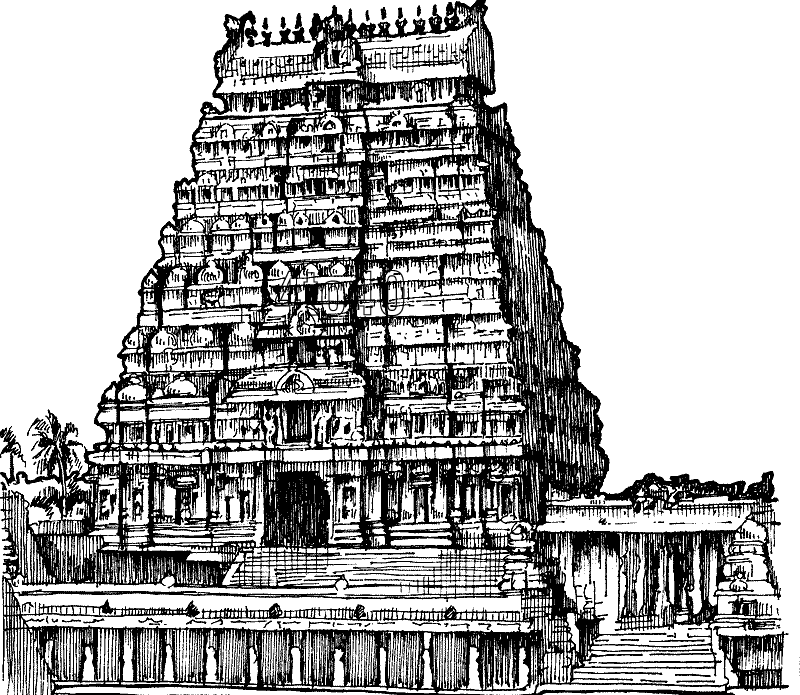LALITHA SAHASRANAMAM # 198
- S Subramaniam
- Jul 15, 2023
- 2 min read
LALITHA SAHASRANAMAM
दुष्टदूरा दुराचार-शमनी दोषवर्जिता सर्वज्ञा सान्द्रकरुणा समानाधिक-वर्जिता ५१॥

Dushta-doora Durachara Shamani Doshavarjita Sarvagyna Sandra Karunua Samanadhika Varjita – 51
समानाधिक-वर्जिता (198)
Samanadhika Varjita (198)
Meaning:
The splendor of Devi is incomparable. The glow she possesses has no equals.

Interpretation:
We can see that the Namah consists of three sections: Saman, a-dhika and Varjita. The first two, when combined together, gives us the meaning: has nothing equal to. Varijita stands for illumination, glow or splendour.
The term Varjita (meaning splendour) also appears in the following sloka:
दर्पना दर्पानि-भुता दुस्त-दर्प-विनाचिनि कम्बु-ग्रिवा कम्बु-धरा ग्रैवेयक-विराजिता

Devi is proud (of herself), destroys the demons' pride, has a neck graceful as a conch-shell, wears as a shining, glowing ornament made of conch-shell ornaments.
The mention that Devi is proud should not be misunderstood that she is proud of herself - Devi is supreme and above these human feelings. Poets and composers attempt these sort of writings to make common people understand things. However, the correct interpretation should be: Devi looks at the evil feeling of proud present in the world and destroys it.
Author's Notes:

Devi has no Equals - explanation:
I have found a mention about Devi has no Equals in Svetasvatara Upanishad which forms part of the Yajur Veda.
न तस्य कार्यं करणं च विद्
न तत्समश्चाभ्यधिकश्च दृश्यते परास्य शक्तिर्विविधैव श्रूयत स्वाभाविकी ज्ञानबलक्रिया च ॥
Na tasya karyam karanam cha vidyate na tat samas cha bhyadhikas cha drushyate.
Parasya Shaktir Vividhaiva Sruyate Svabhaviki jnanabalakriya cha //
Devi is without a body or organs; none like her can be equal to or better than her. The Vedas speak of her exalted power, which is innate and capable of producing diverse effects and also of her omniscience and might.

The Bhashyam (commentary on the Upanishad) has been scripted both by Adi Shankara and Narayana Thirtha. While Narayana interprets the above shloka to be referring to Brahman, Shankara mentions it as Shaki (Devi). The Author has gone by Shankara's version.
Disclaimer: All matters contained in this article are the property of www.templesofasia.com. The opinions expressed in this article are purely that of the author. The author alone is responsible for the accuracy, authenticity, completeness and validity of all the information in the article.


Comentários